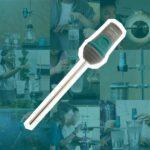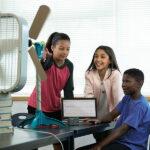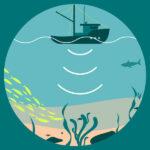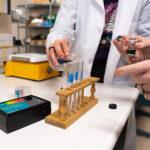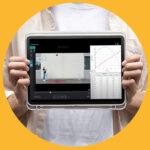
Sharing ideas and inspiration for engagement, inclusion, and excellence in STEM
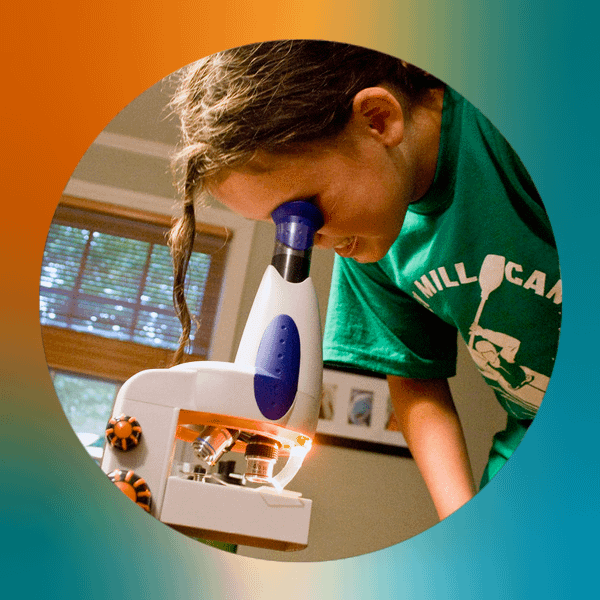
Climate change is a global problem that requires global solutions, but your students don’t have to travel far to learn about ways to fight climate change, such as energy conservation. In fact, students can learn about these topics from their very own homes.
A recent UN report makes clear that we all need to act now to significantly reduce our use of carbon-based fuels. However, we all require energy to power our day-to-day lives, and it will take time to implement the necessary changes to ramp up renewable energy production.
In the meantime, energy conservation is one of the quickest and least expensive ways to decrease the amount of carbon dioxide released into the atmosphere. But practicing energy conservation requires an understanding of energy consumption—how can students reduce their energy consumption if they don’t understand the ways in which they consume energy in the first place?
Place-based learning is a great approach you can use to help students understand their energy consumption and explore ways to conserve energy. And it can start with something as simple as water usage at home.
Energy and Water
The need to use energy to heat water is easy to make real for students, no matter where they live. Whether hot water is being used for cooking, washing dishes or clothes, or taking a shower or bath, it is something that people depend on for daily living.
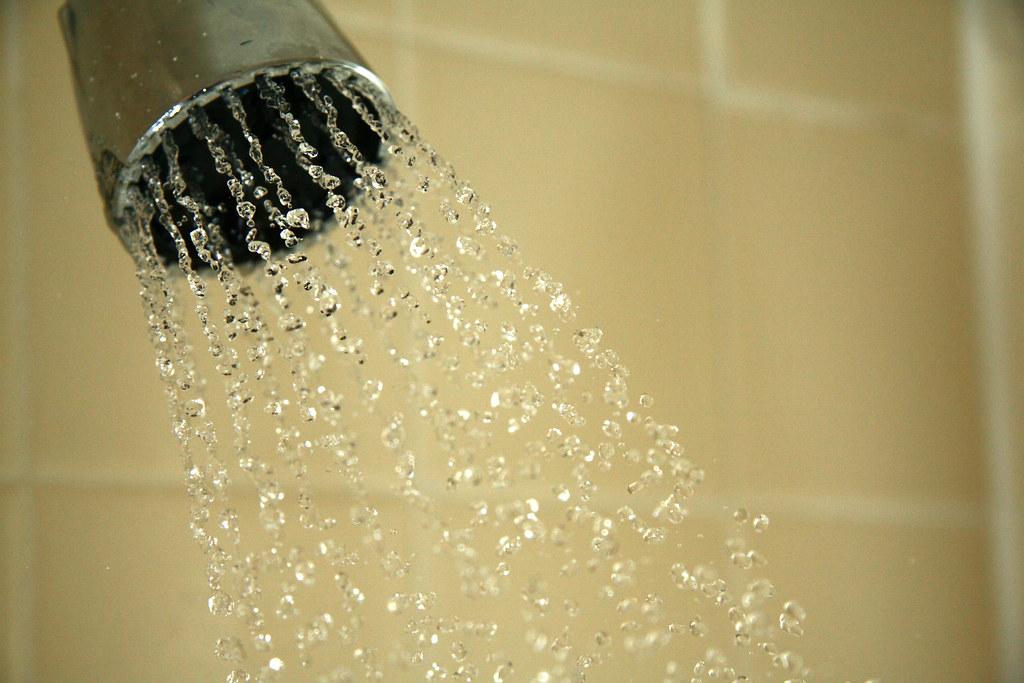
of daily living requires a lot of energy.
Photo source: Andrew Magill via Creative Commons.
However, due to its high specific heat capacity, water takes a lot of energy to heat. According to the US Department of Energy, water heating accounts for almost one-fifth of the energy consumed in a home, and it costs the average household $400 to $600 per year.
Hot Water Energy Audit
Conducting a hot water energy audit at home is a simple and practical place-based learning activity. For example, students can design and implement an experiment to determine how much energy is consumed when taking a shower or bath.
At first glance, it’s a fairly simple activity to get started: Students collect water and measure the temperature change between the incoming cold water and the outgoing warm water and then determine the energy consumption using a few simple calculations.
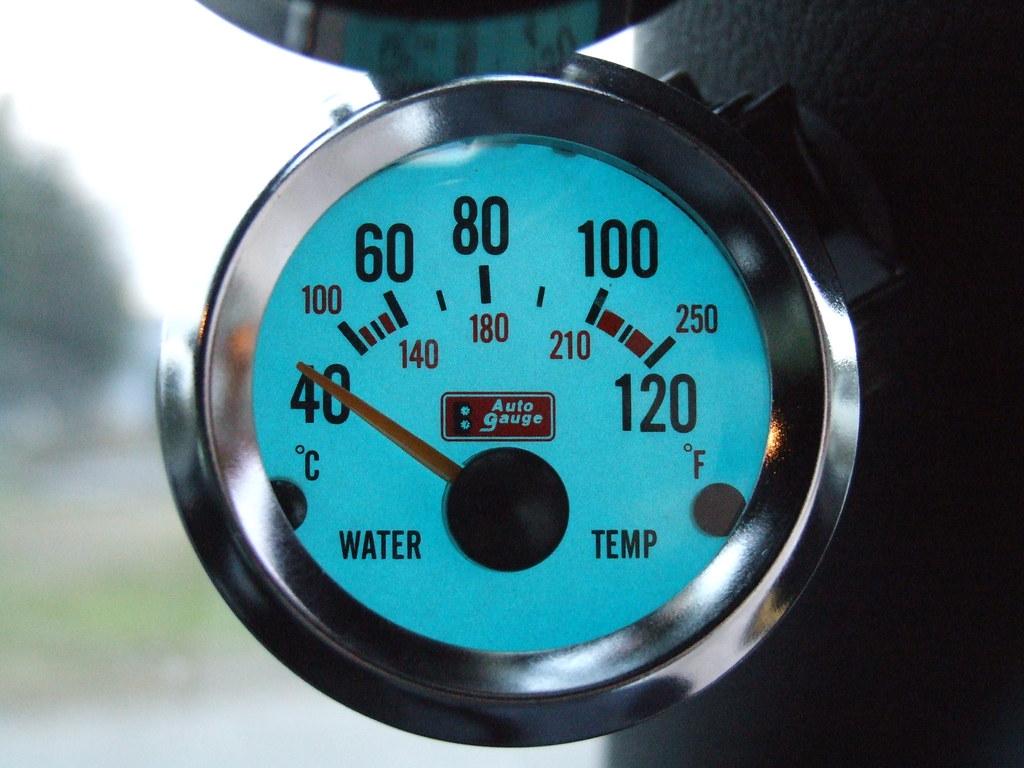
is conducting a hot water energy audit.
Photo source: Laineema via Creative Commons.
With many options for setting up experimental design, here are a few possibilities (and potential pitfalls) for students to consider:
- Where is the best place to measure the temperature change? Does the location of the temperature measurement matter? (For example, the water will cool after leaving the showerhead or faucet.)
- What is the best way to determine the amount of water used? Is a sample sufficient to calculate the total amount of water used based on the duration of a shower or bath? Or should all the water be collected and used? If so, how?
The experimental parameters can be easily adjusted to align with students’ prior knowledge about the topic. For example, some students might be at a level where they are expected to consider various factors that can affect their energy consumption measurement, such as any heat lost to the pipes carrying water.
For additional rigor, students can incorporate rather complex calorimetry measurements to determine the amount of energy required to heat up the water pipes. It becomes even more complex if students are asked to account for the energy needed to pump water from its original source, along with factors such as the energy to clean the water, heat it, and then move it to the showerhead.
Auditing the energy consumption of everyday water use provides a rich compilation of fundamental STEM concepts—and gives students an opportunity to learn how they can combat climate change where they live.
Just as important, this activity also demonstrates three-dimensional learning in action. Specifically, students design and implement an experiment that investigates the cross-cutting concepts of energy and matter and how they move through a system.
In addition, it meets the criteria for a disciplinary core idea because the concepts involved are key to understanding phenomena across many disciplines, are tied to students’ common life experiences, and are teachable and learnable over multiple grades (with adjustments available based on the depth and sophistication of study).
For more information about place-based learning, check out Edutopia and Promise of Place.
Share this Article

Sign up for our newsletter
Stay in the loop! Beyond Measure delivers monthly updates on the latest news, ideas, and STEM resources from Vernier.

